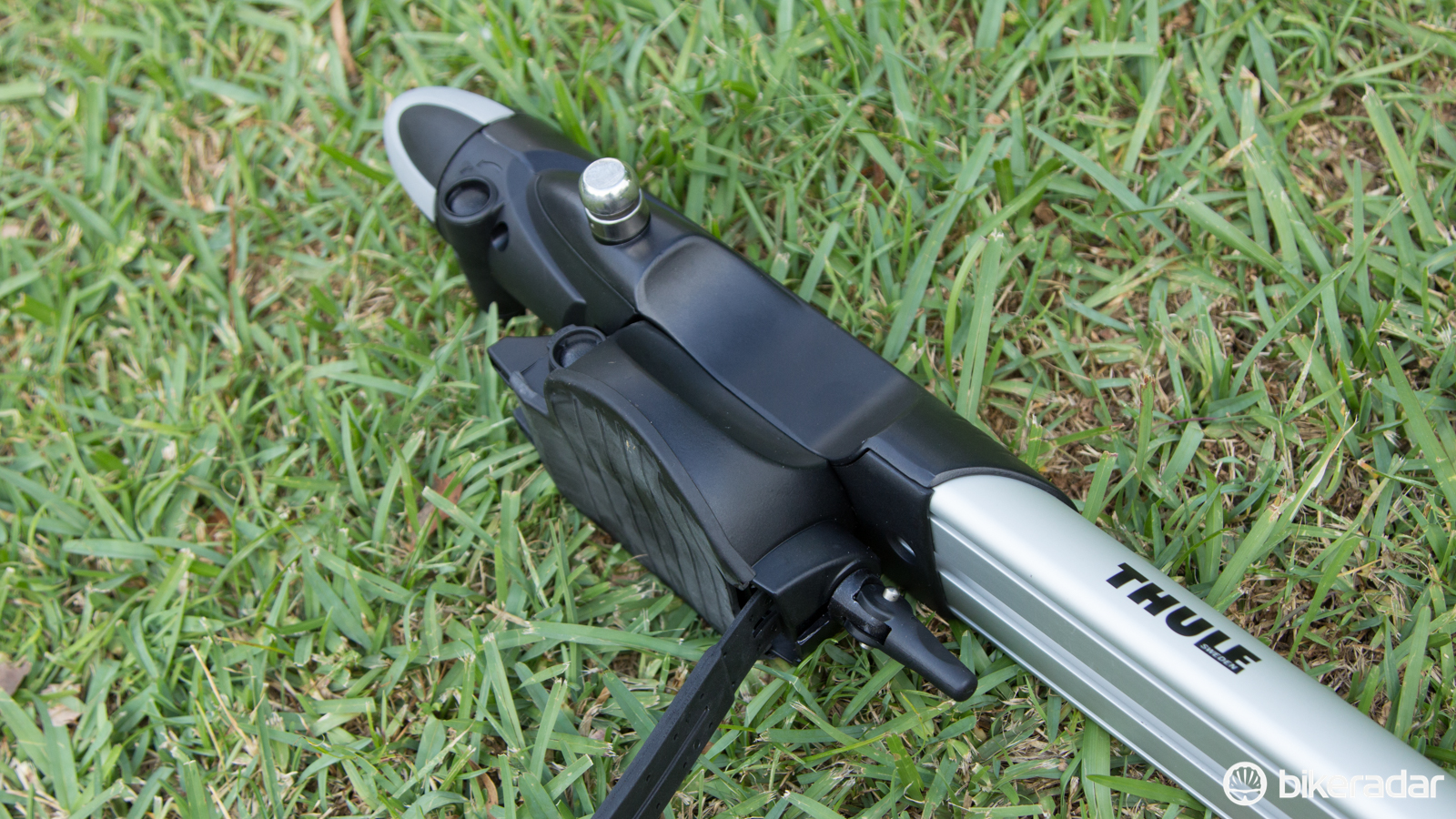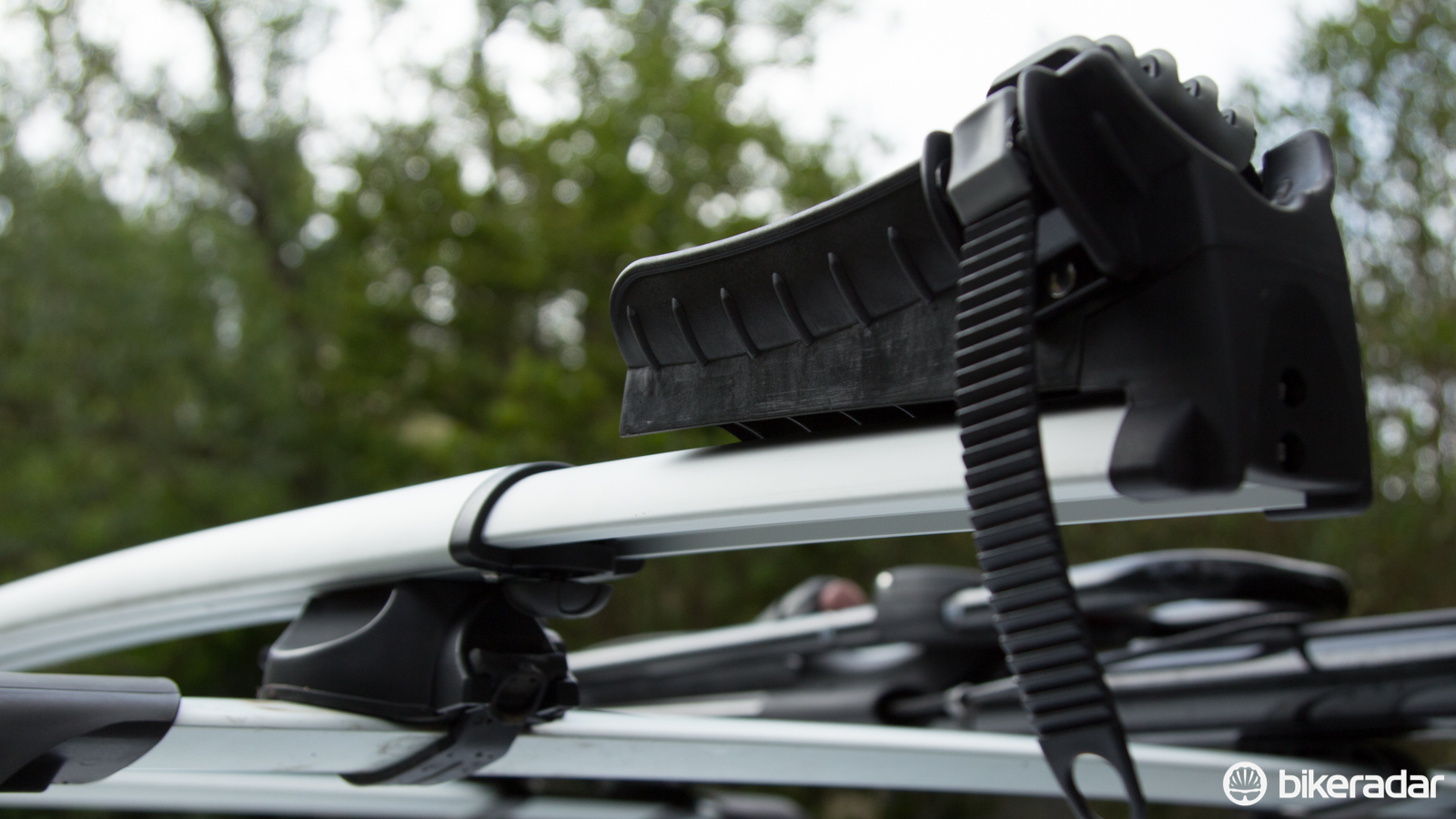You can trust Cyclingnews
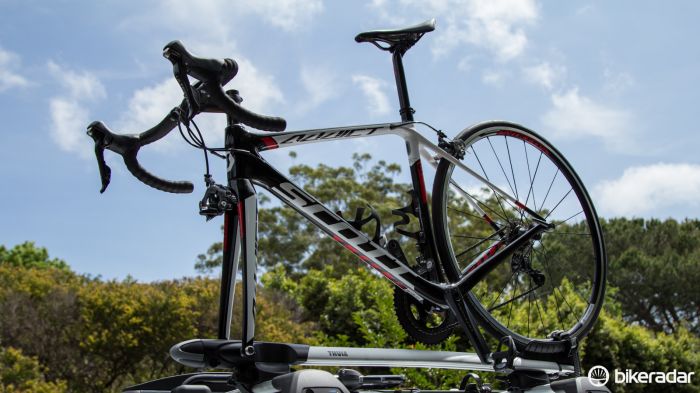
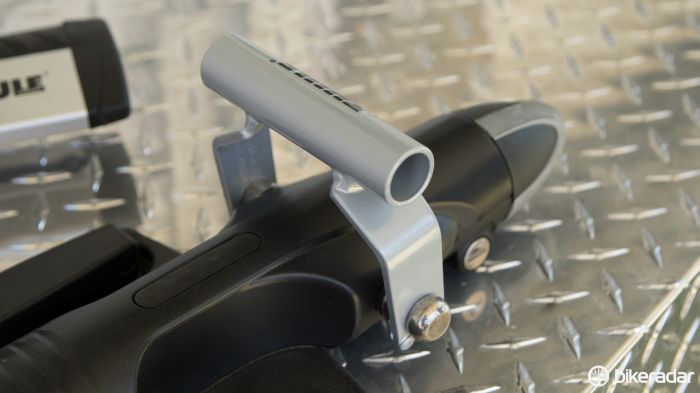
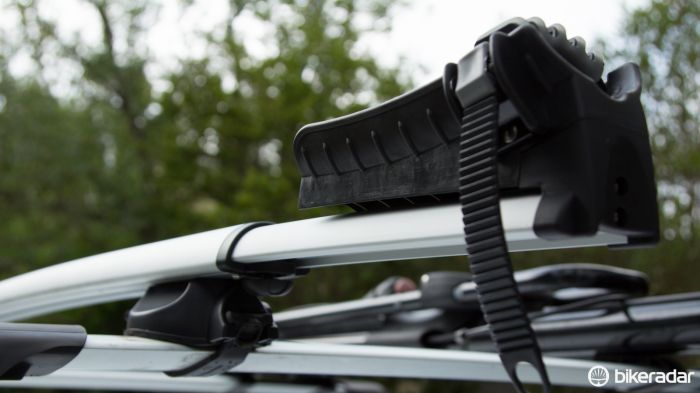
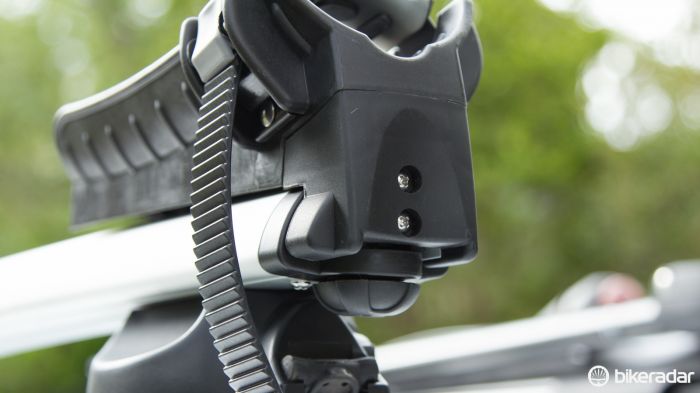
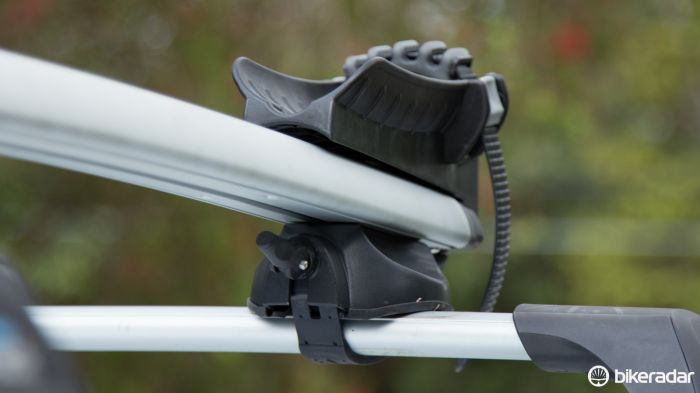
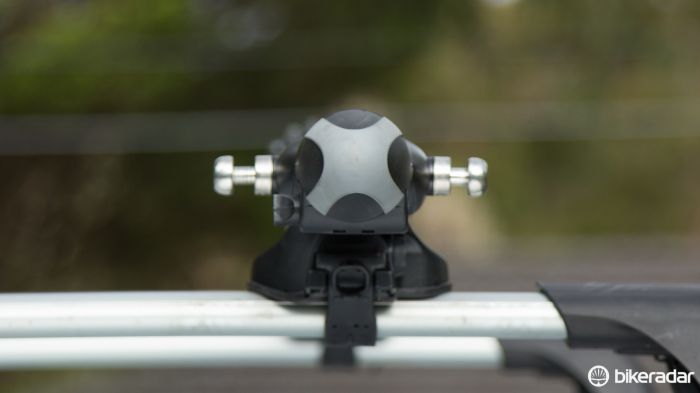
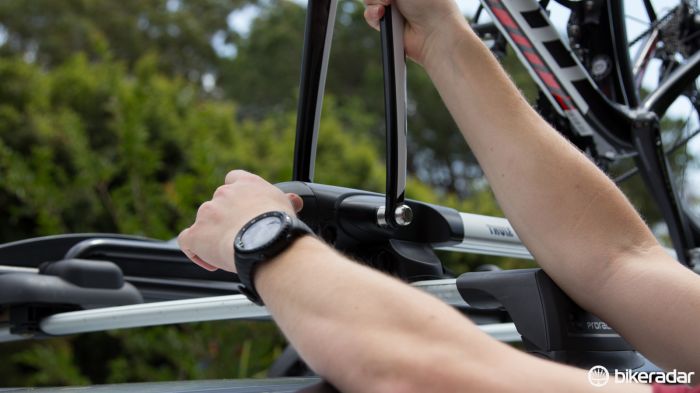
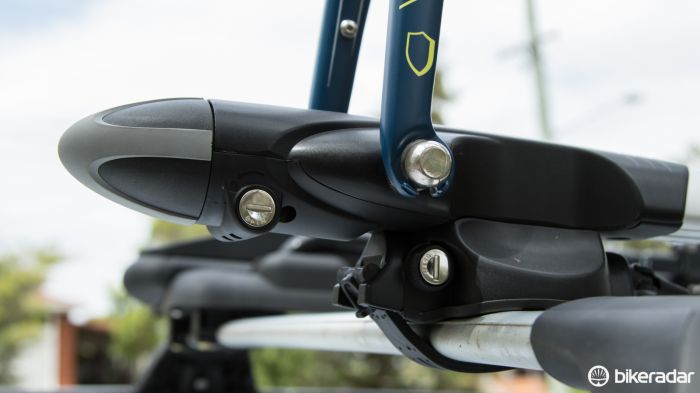
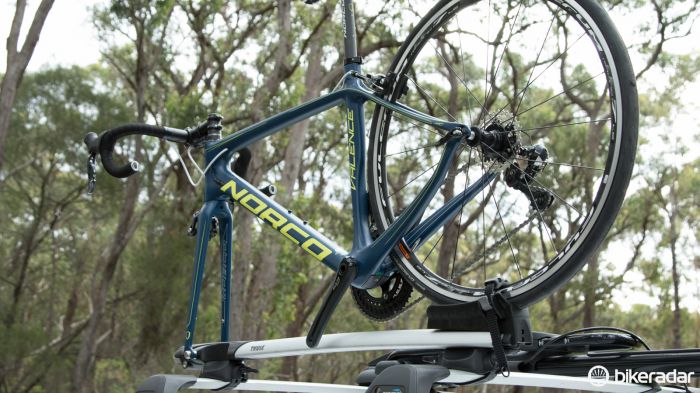
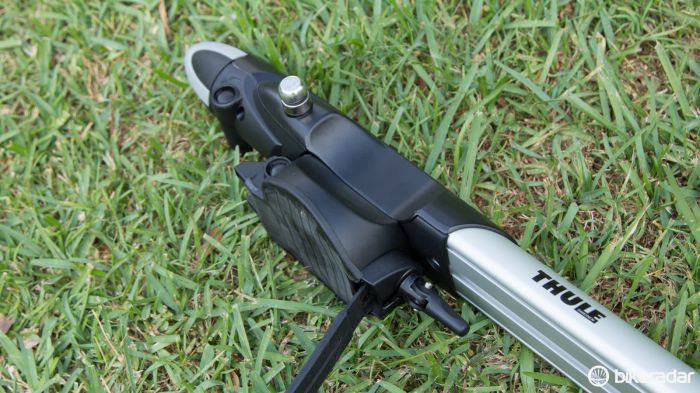
This article originally appeared on BikeRadar
Straight from when we pulled the Thule Sprint carrier out of it's miniscule box and wrote our first-look piece, we knew this rack was special. Generally, the growing variance in axle standards has made us less fond of open-dropout fork mount carriers, but the Sprint indicated that there's life left in this front wheel-off method.
Compared with newer 'whole-bike' type roof racks, fork mount carriers offer the benefit of lower height and improved fuel economy, and potentially have less impact on car handling.
- Highs: Fast bike attachment, worry-free clamping, easy installation
- Lows: High price, dropout-clamping racks offer limited compatibility
While it's only been released recently, the Sprint was first announced over two years ago. During this time, we've seen the industry scramble for a new axle standard to match the uptake in disc brakes.
Roof racks are often a long-term purchase – something that will last across cars – with Thule's five-year warranty offering an indicator of this longevity. Given this, we can't help feel that the Sprint would have been an even finer prospect back when it was first showcased, when road bike dropouts were properly a standard.
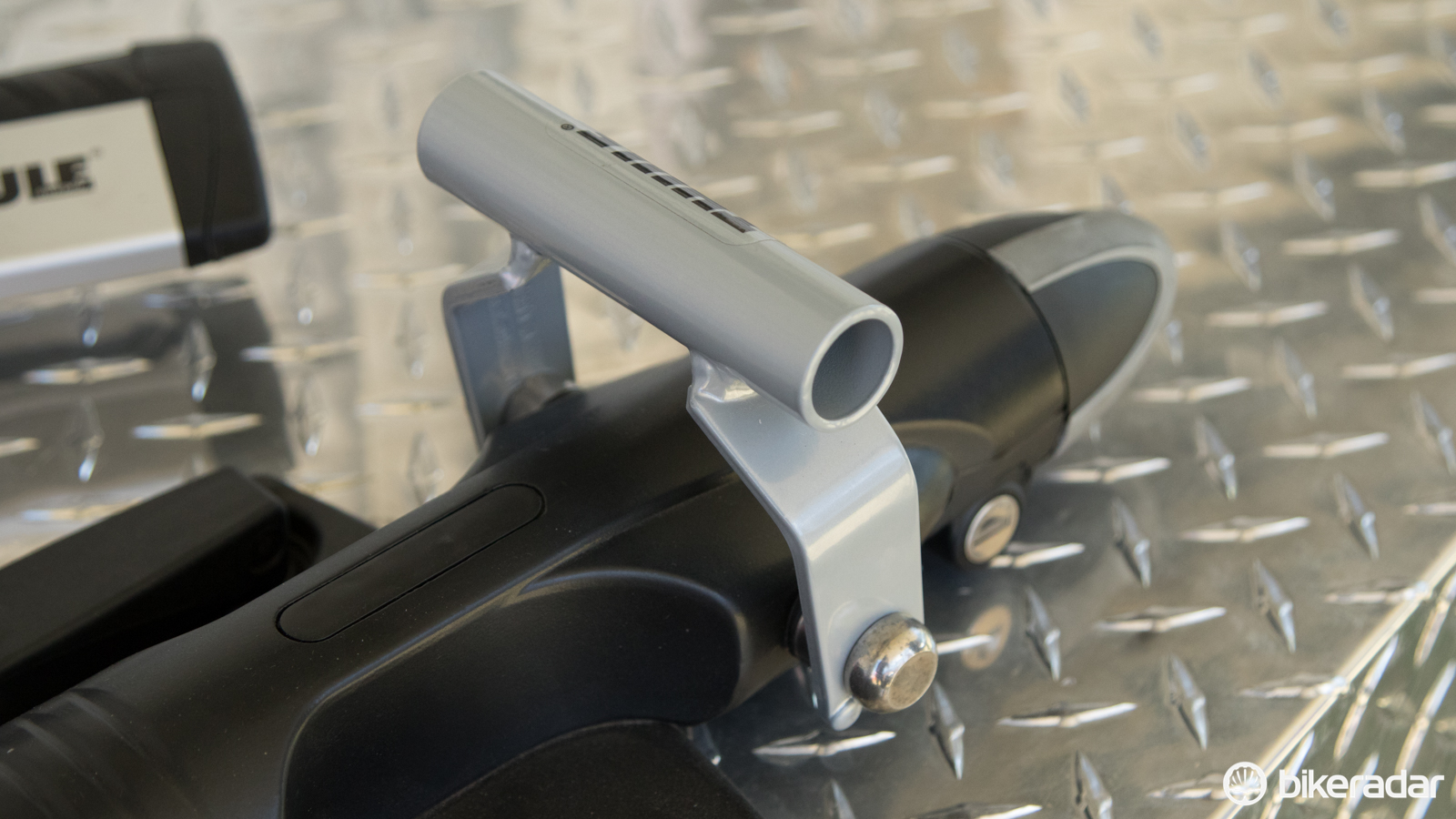
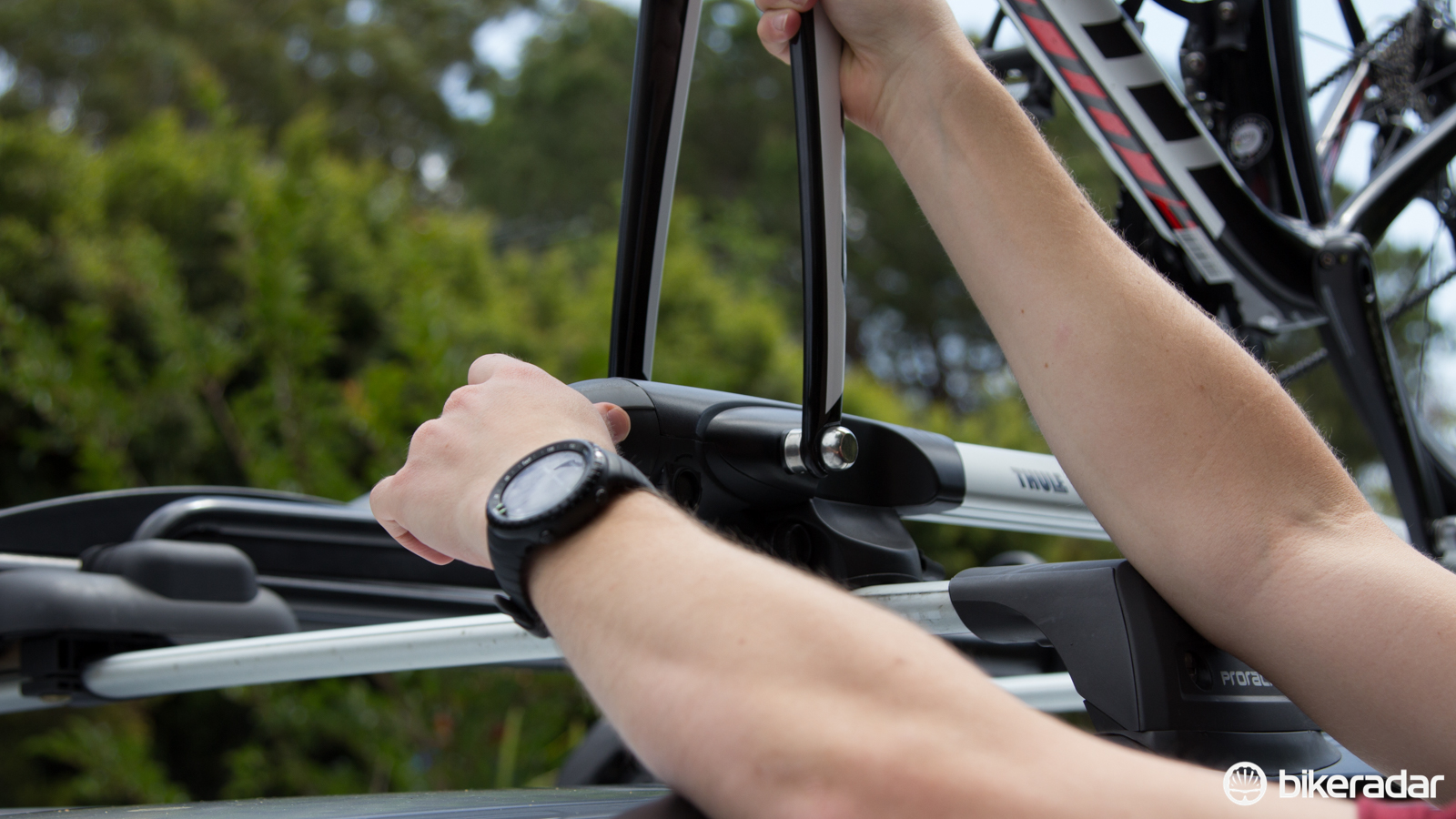
Simply twist the dial until it clicks – it's satisfyingly simple
That process can be compared to how a common torque wrench will click once the optimal setting has been reached. With the advent of lightweight, and sometimes hollow, carbon dropouts, this can be a crucial factor – knowing you haven't under or over-tightened this sensitive component offers great peace of mind regarding the risk of a cracked fork (or a dropped bike!).
As well as its retention method, the Sprint benefits from a minimal frontal profile, with a noticeable cone to the front of it. While we weren't able to test for improvements in fuel efficiency compared with other rack designs, there seems little doubt it will save you some (however minimal), especially if you do plenty of driving without bikes on the roof.
